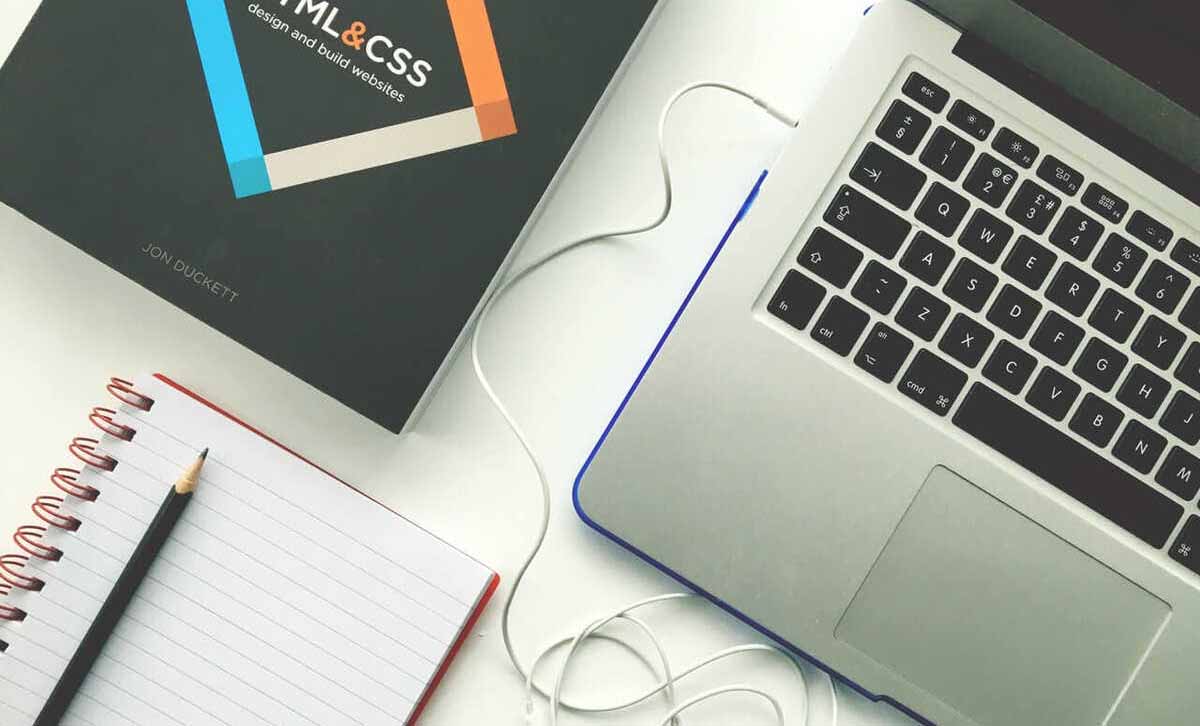I can’t wait for anything anymore! I get frustrated if my webpage doesn’t load in split seconds, I throw my toys if I see an error page, go ballistic if the online store dares tell me something is out of stock and god help them if it can’t be delivered the next day!
As businesses we are having to make life extremely comfortable to ensure our customers are happy and don’t overload our poor customer support teams, but is there a point when enough is enough?

The ultimate relaxed feeling, let it all come to me. (Thanks to Sofology for this image)
In our world of designing the ultimate digital user experience, we are continually looking for new ways to improve the ‘customers’ experience. We want to motivate, encourage, nurture and even pacify people through the most engaging, fluid journeys possible.
We look to smooth the nerves, simplify the understanding and stimulate the aspirations, but is there a risk if we over pander we are as designers and marketers creating a rod for our backs?

(The powerful days of influential TV advertising)
Since even before the 1960’s and 70’s and the days of ‘Mad Men’ Ad men, we have been trying to intensively encourage, influence and let's be honest, manipulate people in their decision making. For years we, the poor consumer, have been under the hypnotic powers of whatever magic the Ad Men could conjure up and we would just follow trustingly in droves.
Most of us, certainly in the marketing sphere, are aware of the power that brands had and still have today on the ways we judge and see the world, such as the what a real man is with Marlboro man, our love of Santa Claus and the association with red and white coincidently engineered by Coca Cola. We have cleverly developed concepts that connect commercial thinking with influencing an individual’s response, as with behavioural economics, and we have long used visual sciences to create brand attraction. But today with digital experience design we go way deeper than simply guiding people’s bias’, we are now architecting their behaviours and even character traits.

Deconstructing the power of user influence (Image thanks to Crazy Egg)
Understanding user psychology and our behaviours has been developing for years and particularly over the last 5 years, as our knowledge has taken on a dramatic shift due to medical and technological advances. We know more about the brain’s activity, the chemical responses and how to induce reactions, than ever before and these understandings are rapidly being transferred into the world of digital User Experience.
In UX we have long focused on making digital journey’s as fluid as possible, removing obstacles, increasing simplicity and adding enjoyment. We have focused on using technology to add powerful features and functions such as online payment and geolocating applications to increase the speed and smoothness of the customer's interactions, but has our drive towards ultimate efficiency been at least in part responsible for the generational changes in behaviour? Ultimately have we become more demanding because of technology or has technology been misused to influence our high demands?
A few clear examples of where UX specifically could be playing its negative role in behaviour change include:
Impatience: with increased speed of interaction there comes impatience. We now design for the condition of Idleness Aversion, people get bored in milliseconds so we need to fill the waiting gaps with animations, loading screens...constant entertainment.

Thanks to awwwards.com
Simplicity: the simpler we create things, the less effort people expect to exert. If we don’t hand it to people on a plate they jump to the easiest option, rather take the time to understand if its the better option. Sometimes certain things need concentration to understand the implications, the options and the risks, but the behaviour being developed is that information should just be straightforward and fast.
Positivity: we believe we need to keep everyone in a state of happiness. This is not true, Daniel Kahneman has taught us that the right degree of anxiety actually makes us focus and too much delight keeps us in a state of discovery. Life isn’t always a bed of roses but in aiming to put a rose tint on everything we are aiding a disconnection with reality.
The reality is that in many digital circumstances we are trying to engineer the maximum spend, avoid the risk of losing a customer and ensure they convert before they can have any second thoughts.
The result of this focus on ‘customer funnelling’ has evoked the development of less savoury techniques, such as Dark Patterns - the use of user interactions to trick or mislead a person into doing things they may not actually want. Examples of DP’s include being pressured to book that room as many others are looking, or 20 people just bought this product, so buy quickly before it’s out of stock.

Thanks to UX collective for this image.
Keep an eye out for future posts I will be breaking out the bigger topics and putting more detail into the areas of; Cognitive Bias’ in action, Dark Patterns and Emotional science.
However there are a significant number of businesses and designers who are progressing way past the negative uses of emotional and behavioural engagement and are using the growing awareness of the impact digital experiences can have on people, to do good things!
So far much of the investment of ‘doing good’ has naturally been focused on the area of health and lifestyle, from valuable apps for behaviour medication; Mumoactive for Diabetes care and mental health such as Timeless for Alzheimer sufferers, through to experiences that influence attitude development for diet and even Nike’s great value add app for exercise.
But things are now reaching far beyond pure self motivation with new digital experiences looking charity, CSR, climate change and environmental protection, such as Ecosia: the search engine that plants tree’s or Revolut’s ‘round up payments and donate’ concept.
Conclusion: This article takes an initial glimpse at the power we as designers, marketers and business people, have to apply all our learning into actually improving people’s behaviours, not just controlling them. If we have the inclination we are able to see the negative effects we create but equally, we can better define the positive changes our digital world is able to inspire. We can choose to increase behaviours like promiscuity, FOMO and related depression, or we can look to inspire behaviour improvement around things like personal development, education, and altruism.
If I have whet the appetite of interest keep me posted and I will look forward to sharing more in detail and the science that sits beneath our enhanced understanding over the coming months.
Duncan Thomas

